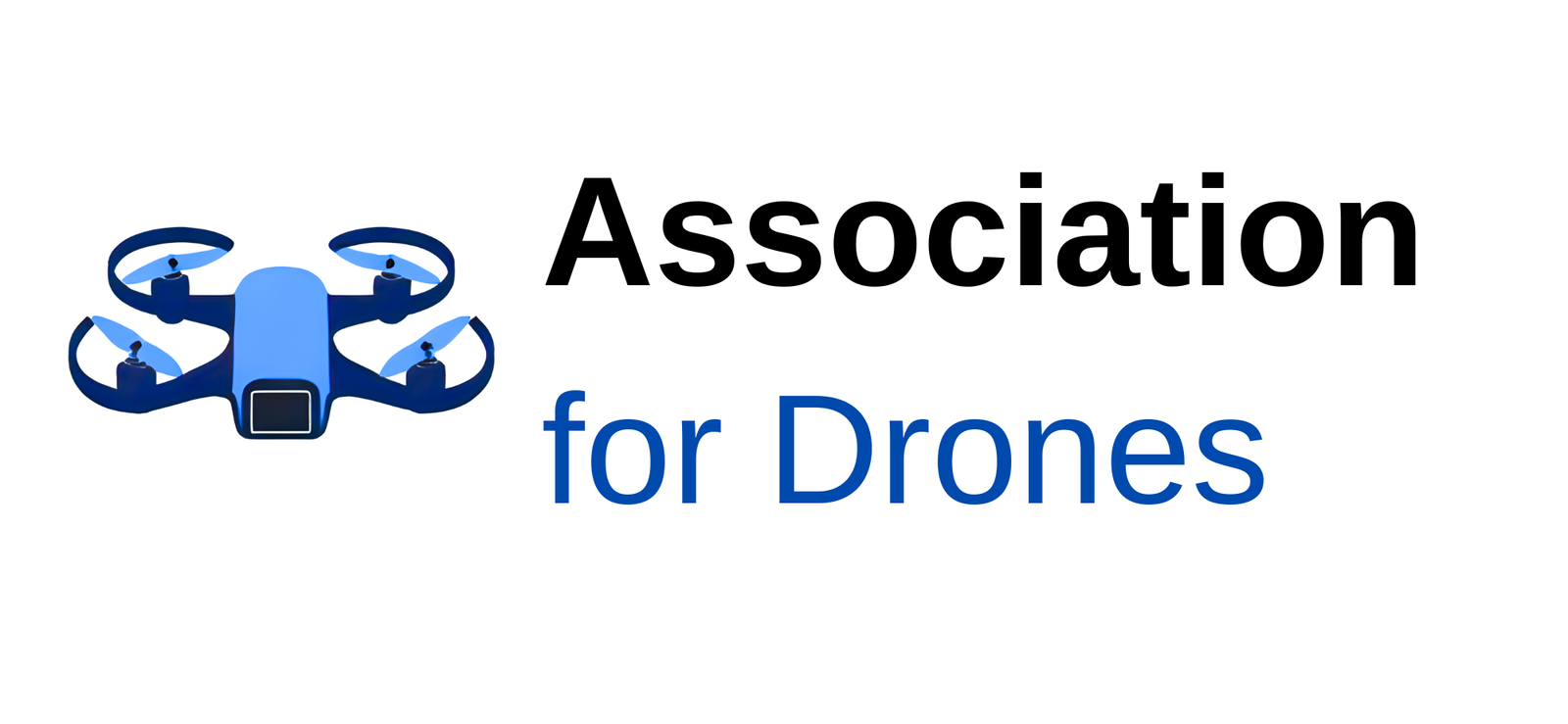The push toward a circular economy—one that prioritizes reusing, recycling, and regenerating resources—is changing how industries operate. Sustainability isn’t just a buzzword anymore; it’s a core business strategy. In this transition, drones are emerging as unexpected but powerful enablers.
From optimizing resource use to reducing carbon emissions, drones are helping industries become leaner, greener, and more circular. Let’s explore how.
1. Smarter Resource Management
At the heart of the circular economy is the principle of using fewer resources more efficiently. Drones provide new ways to monitor and manage resources across industries:
- Precision agriculture: Drones with multispectral sensors identify crop stress and optimize irrigation or fertilizer use, reducing chemical runoff and wasted inputs.
- Forestry management: Aerial monitoring helps track reforestation projects, detect illegal logging, and optimize timber harvesting sustainably.
- Mining operations: By surveying stockpiles and monitoring extraction sites, drones help reduce over-extraction and improve efficiency.
Sustainability impact: Less waste, lower emissions from overuse of inputs, and longer life cycles for natural resources.
2. Enabling Circular Supply Chains
A circular economy depends on closed-loop supply chains—where products and materials are reused instead of discarded. Drones support this vision by improving logistics efficiency:
- Warehouse and inventory management: Indoor drones scan barcodes and RFID tags, enabling companies to better track recyclable materials and reusable packaging.
- Reverse logistics: Drones can help move returns, repairs, and recycled goods in areas where traditional logistics are slow or inefficient.
- Urban logistics: By replacing vans with drones for last-mile and return deliveries, companies reduce congestion and emissions.
Sustainability impact: Lower transport-related emissions and smoother circulation of recyclable and reusable goods.
3. Waste Management and Recycling
Waste is the biggest barrier to a circular economy. Drones provide a bird’s-eye view of waste flows:
- Landfill monitoring: Drones map landfill sites, tracking capacity and methane emissions.
- Illegal dumping detection: AI-enabled drones can spot unregulated waste sites or hazardous dumping.
- Smart recycling: Cities can use drones to identify hotspots for waste accumulation and optimize collection routes.
Sustainability impact: Cleaner cities, better recycling rates, and reduced environmental damage from unmanaged waste.
4. Environmental Monitoring and Biodiversity
A circular economy depends on protecting natural ecosystems. Drones are proving to be crucial tools for environmental sustainability:
- Air and water quality monitoring: Drones equipped with sensors detect pollutants in rivers, lakes, and urban air.
- Wildlife protection: Conservation groups use drones to track endangered species, monitor poaching, and support biodiversity.
- Carbon tracking: Forest drones measure biomass and carbon storage, helping validate carbon credits and offset programs.
Sustainability impact: More accurate environmental data to guide sustainable practices and restoration projects.
5. Reducing Carbon Footprints
Every circular economy strategy must address climate change. Drones reduce emissions across industries by:
- Replacing helicopters and vehicles: Inspections of pipelines, wind turbines, and solar farms can be done with drones at a fraction of the fuel cost.
- Supporting renewable energy: Drones optimize wind farm operations, inspect solar arrays, and survey sites for new projects.
- Green logistics: Drone deliveries cut emissions for lightweight, time-sensitive cargo like medical supplies.
Sustainability impact: Lower reliance on fossil-fuel-heavy vehicles and faster adoption of renewables.
6. Designing Sustainable Cities
Smart cities and circular economies go hand-in-hand—and drones are becoming central to both.
- Construction monitoring: Drones track building projects, ensuring efficient material use and reducing waste.
- Infrastructure inspections: Regular checks extend the lifespan of bridges, roads, and buildings by catching damage early.
- Urban greenery: Drones monitor parks, rooftop gardens, and rewilding projects that boost city resilience.
Sustainability impact: Longer-lasting infrastructure, reduced construction waste, and greener urban living.
7. Challenges and Considerations
While drones bring clear sustainability benefits, challenges remain:
- Battery lifecycle: Most drones rely on lithium-ion batteries, which have their own environmental costs. The industry must move toward recyclable and renewable energy solutions, such as hydrogen fuel cells or solar-powered drones.
- Noise and airspace management: Widespread drone use must balance efficiency with livability in urban areas.
- Data privacy: As drones collect more environmental and industrial data, governance frameworks must ensure responsible use.
8. The Future: Drones as Circular Economy Enablers
Looking ahead, drones will move from ad-hoc tools to systemic enablers of circular economies. Imagine:
- Fleets of drones automatically monitoring recycling plants and redirecting materials.
- AI-powered drones patrolling forests, oceans, and cities to enforce sustainability policies.
- Drone networks integrated into digital twins of cities, providing real-time sustainability insights.
Drones won’t just support the circular economy—they’ll become one of its most important drivers.
Conclusion
The circular economy is about rethinking how we design, use, and regenerate resources. Drones play a vital role in that transformation, from precision resource management to smarter logistics, waste reduction, and environmental protection.
By cutting emissions, improving efficiency, and feeding data into circular systems, drones are proving themselves to be more than flying machines—they are key sustainability partners in the fight against climate change and resource depletion.
The future of sustainability will not just be built on the ground—it will be mapped, monitored, and managed from the skies.
